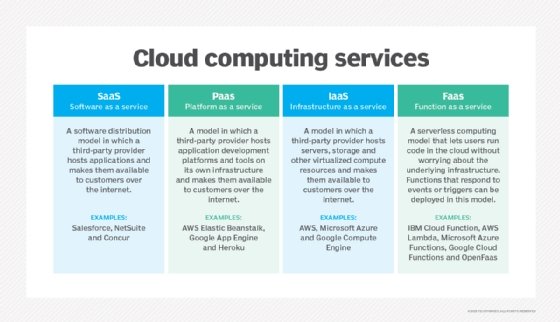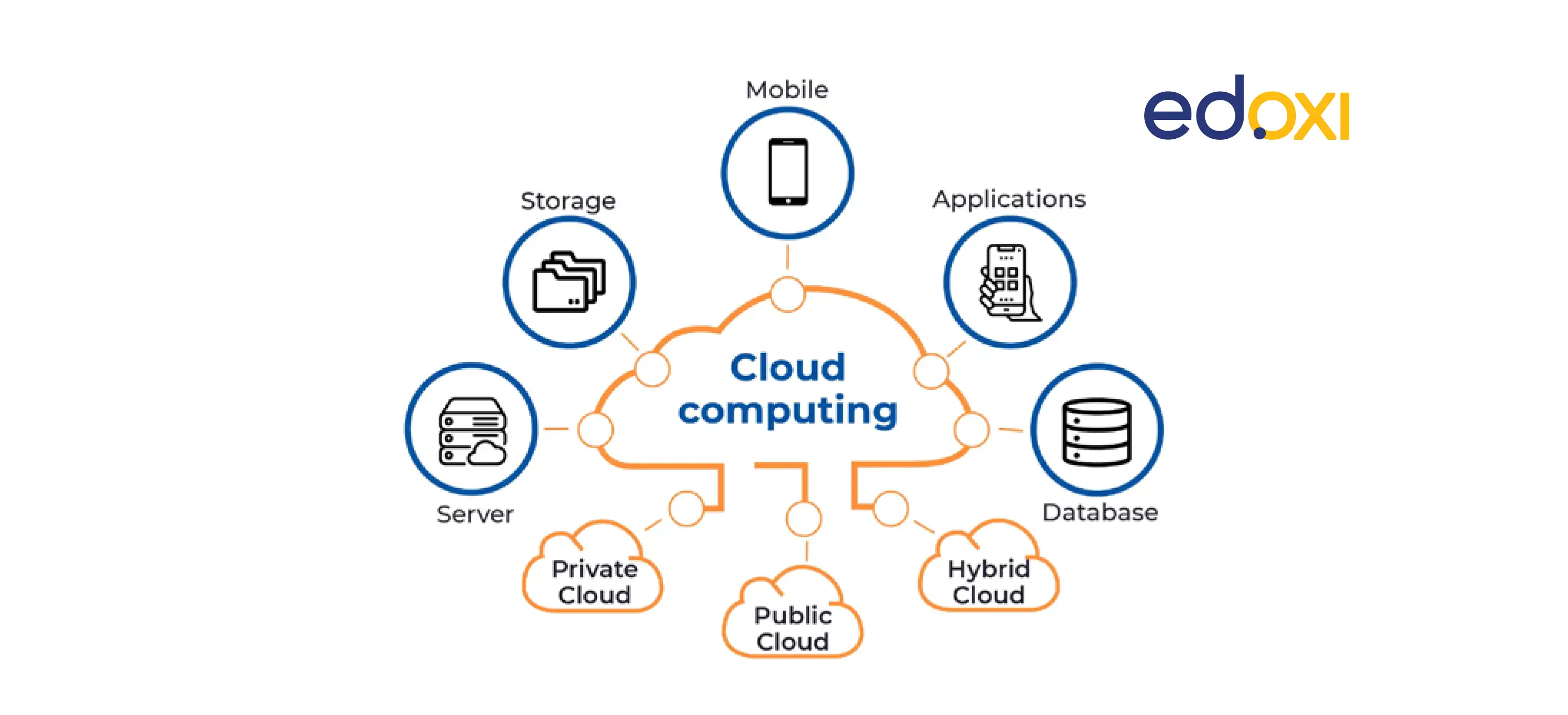Transform Your IT Infrastructure With Cloud Solutions
Accepting cloud services provides companies a myriad of benefits, from increased flexibility to enhanced collaboration. The essential lies in comprehending how cloud solutions can reshape your company's IT landscape and drive innovation.
Benefits of Cloud Provider
Leveraging cloud services uses organizations a scalable and economical remedy for handling their IT infrastructure. One of the vital advantages of cloud solutions is the adaptability they provide. Organizations can easily scale their resources up or down based on their current needs, enabling efficient resource allocation. This scalability also enables businesses to promptly adjust to transforming market problems without the requirement for considerable in advance financial investments in hardware or infrastructure.

In addition, cloud solutions advertise partnership and remote work by offering employees with accessibility to information and applications from anywhere with a net connection. This ease of access enhances productivity and enables smooth cooperation amongst employee, no matter of their physical place. In general, the benefits of cloud solutions are huge, making them an eye-catching alternative for companies wanting to modernize their IT framework.

Migration Approaches
To successfully shift to shadow services, organizations have to very carefully perform and prepare movement techniques that straighten with their business goals and IT requirements. The very first action in this process is to carry out a thorough evaluation of the existing IT framework to identify which applications and data can be moved to the cloud. Organizations needs to prioritize workloads based on aspects such as protection requirements, performance needs, and compliance guidelines.
When the analysis is full, companies can pick one of the most appropriate movement technique. This can consist of rehosting, refactoring, rearchitecting, or reconstructing applications for the cloud setting. It's important to consider elements like expense, time, and intricacy restraints when choosing the migration method.
Moreover, organizations should create a detailed movement plan that outlines the timeline, sources, and responsibilities for every step of the migration procedure - Cloud Services. Regular screening and surveillance are crucial to make certain a smooth change and reduce disruptions to organization operations. By following these movement techniques, companies can open the complete possibility of cloud services and drive innovation within their IT framework
Safety Considerations
Making certain robust safety actions is vital when incorporating cloud services right into a company's IT infrastructure. The shift to the cloud brings one-of-a-kind safety and security factors to consider that should be dealt with to shield sensitive information and maintain operational stability.
In addition, implementing strong gain access to controls is essential. This entails defining individual permissions, authentication methods, and keeping track of accessibility to stop unauthorized individuals from gaining access to sensitive sources. Routine safety audits and evaluations are vital to make sure and determine vulnerabilities compliance with industry policies.
Additionally, organizations ought to have a robust occurrence feedback strategy in area to promptly resolve safety and security breaches or information concessions. This plan description needs to lay out actions to have the incident, mitigate damage, and bring back regular operations successfully. By focusing on security considerations and implementing proactive steps, organizations can confidently leverage cloud services while safeguarding their electronic possessions.
Cost-Saving Tips
When improving IT infrastructure with cloud services, companies can maximize their budget with calculated cost-saving ideas. One reliable way to save prices is by leveraging the pay-as-you-go design offered by several cloud provider - universal cloud Service. This method allows companies to pay just for the sources they utilize, removing the demand to invest in pricey equipment or software program upfront. Furthermore, services can save money on operational prices by reducing the requirement for on-site upkeep and assistance team, as several cloud solutions provide automated updates and assistance.
Another cost-saving tip is to thoroughly keep an eye on and adjust cloud usage to stay clear of unnecessary expenses. By regularly evaluating use data and scaling resources up or down based on demand, organizations can guarantee they are not spending beyond your means on extra capacity. In addition, thinking about multi-cloud or hybrid cloud solutions can likewise lead to set you back financial savings by permitting organizations to choose one of the most cost-efficient services for every workload.
Future Fads
The evolution of cloud services is shaping the future landscape of IT facilities. As we look in advance, several vital trends are positioned to affect just how companies take advantage of cloud solutions to boost their IT procedures. One significant trend is the increasing adoption of multi-cloud approaches. Organizations are acknowledging the advantages of distributing work across multiple cloud companies to enhance efficiency, boost resilience, and minimize dangers related to vendor lock-in.
Another famous fad is the rise of edge computer in combination with cloud services. Edge computing brings handling closer to the information resource, decreasing latency the original source and allowing real-time information evaluation. This trend is specifically vital in sectors such as IoT, autonomous lorries, and healthcare, where instant decision-making is essential.
Furthermore, the assimilation of fabricated intelligence (AI) and artificial intelligence (ML) abilities right into cloud services is readied to redefine exactly how organizations draw out understandings from their data. AI-driven automation, anticipating analytics, and customized client experiences are simply a few of the ways AI and ML are changing cloud services.
Conclusion
To conclude, cloud solutions supply numerous advantages for companies aiming to change their IT framework. By applying migration approaches customized to specific original site requirements and prioritizing security considerations, companies can accomplish cost savings and improved efficiency. Welcoming cloud services can result in a more active and competitive company landscape, permitting for higher flexibility to transforming market conditions and improved collaboration among teams. As companies proceed to take advantage of cloud options, they can stay ahead of future patterns and drive development in the digital age.

Ensuring durable security procedures is critical when integrating cloud services right into an organization's IT framework.In conclusion, cloud solutions supply countless benefits for companies looking to change their IT facilities.